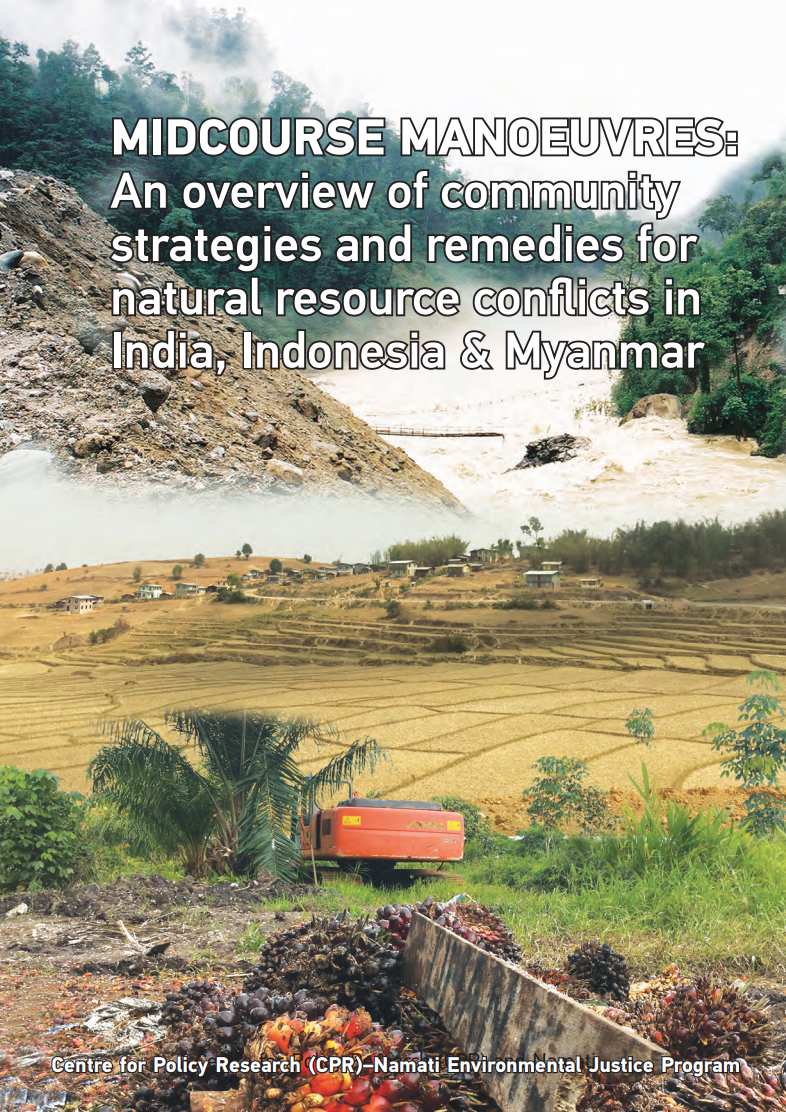Agricultural landscapes, ecosystem services and regional competitiveness—Assessing drivers and mechanisms in nine European case study areas
Agricultural landscapes affect regional development and competitiveness in a way far beyond the production of agricultural commodities. However, comprehensive assessments of the relevant cause-effects between agricultural landscape and regional competitiveness are complex and they require a range of ecological, economic and social aspects to be considered.







